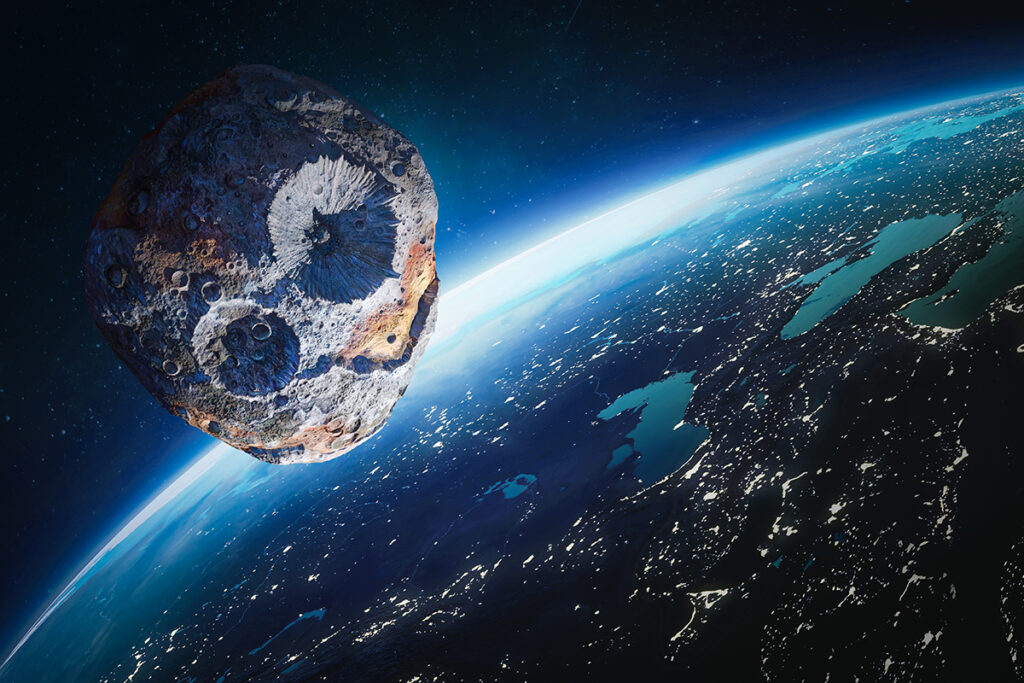A rare celestial event is unfolding as asteroid 887 Alinda, a massive 4.2-kilometer-wide space rock, makes its closest approach to Earth in over a century. This asteroid, roughly the size of Manhattan Island, presents a rare chance for astronomers and stargazers to witness a near-Earth object of such impressive scale.
Discovered by German astronomer Max Wolf at Heidelberg Observatory on January 3, 1918, asteroid 887 Alinda stands out among the near-Earth asteroid population. While most such objects are significantly smaller, this asteroid is one of the largest near-Earth asteroids to come close to our planet. Its current approach places it among the five largest asteroids to venture within 15 million kilometers of Earth between now and the year 2200.
Today marks the asteroid’s closest approach to Earth in a century, at a distance of 0.08220 astronomical units (AU). To clarify, 1 AU is roughly 150 million kilometers, commonly used as the reference for the distance separating Earth and the Sun. This means that 887 Alinda is currently about 12.3 million kilometers away, or approximately 32 times the Moon’s average distance from Earth.
Despite its close proximity in astronomical terms, there is no risk of collision. The asteroid’s orbit has been thoroughly studied and does not classify it as potentially hazardous. However, its eccentric path around the Sun ensures occasional close encounters with our planet, making this approach a rare event.
Over the next 10 days, the asteroid will be bright enough to observe in the night sky using simple tools like binoculars or a small telescope. Those in the Northern Hemisphere can spot it near the Orion and Gemini constellations.
For those unable to view it directly, the Virtual Telescope Project is providing live streams of the asteroid. The first broadcast will take place on January 8, 2025, at 20:30 UTC, with a second stream scheduled for January 12, 2025, at 17:30 UTC. During the latter broadcast, the asteroid will reach peak brightness, offering the best viewing conditions.
Such an event is rare, as objects of this size and brightness come this close to Earth only once every decade. After this encounter, 887 Alinda will not return for another close approach until January 25, 2087, when it will pass within 0.16633 AU of Earth.
For astronomy enthusiasts, this is a once-in-a-lifetime chance to witness one of the largest near-Earth objects as it graces our night skies with its brilliance. Make sure to look up and enjoy this extraordinary spectacle.


